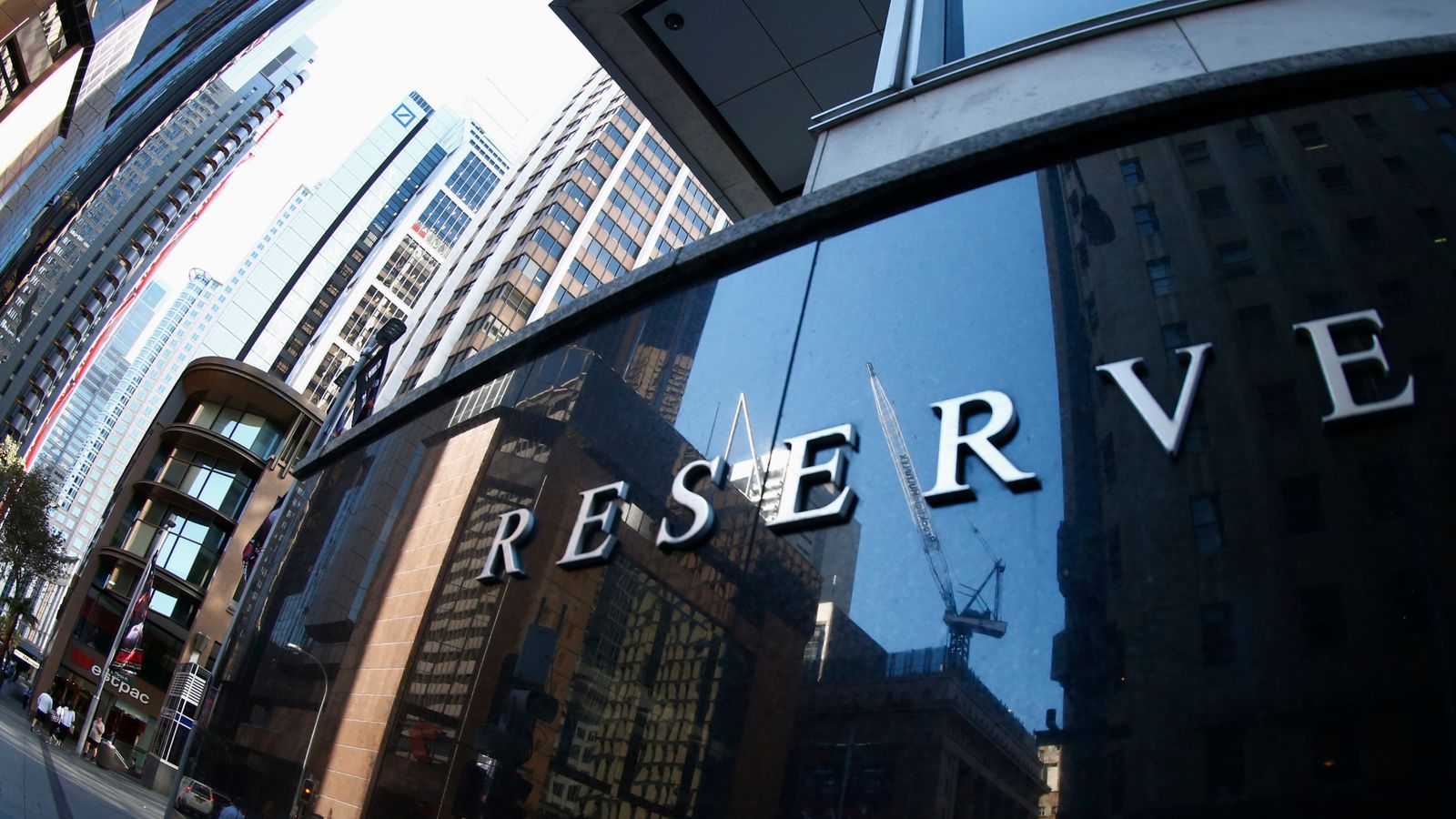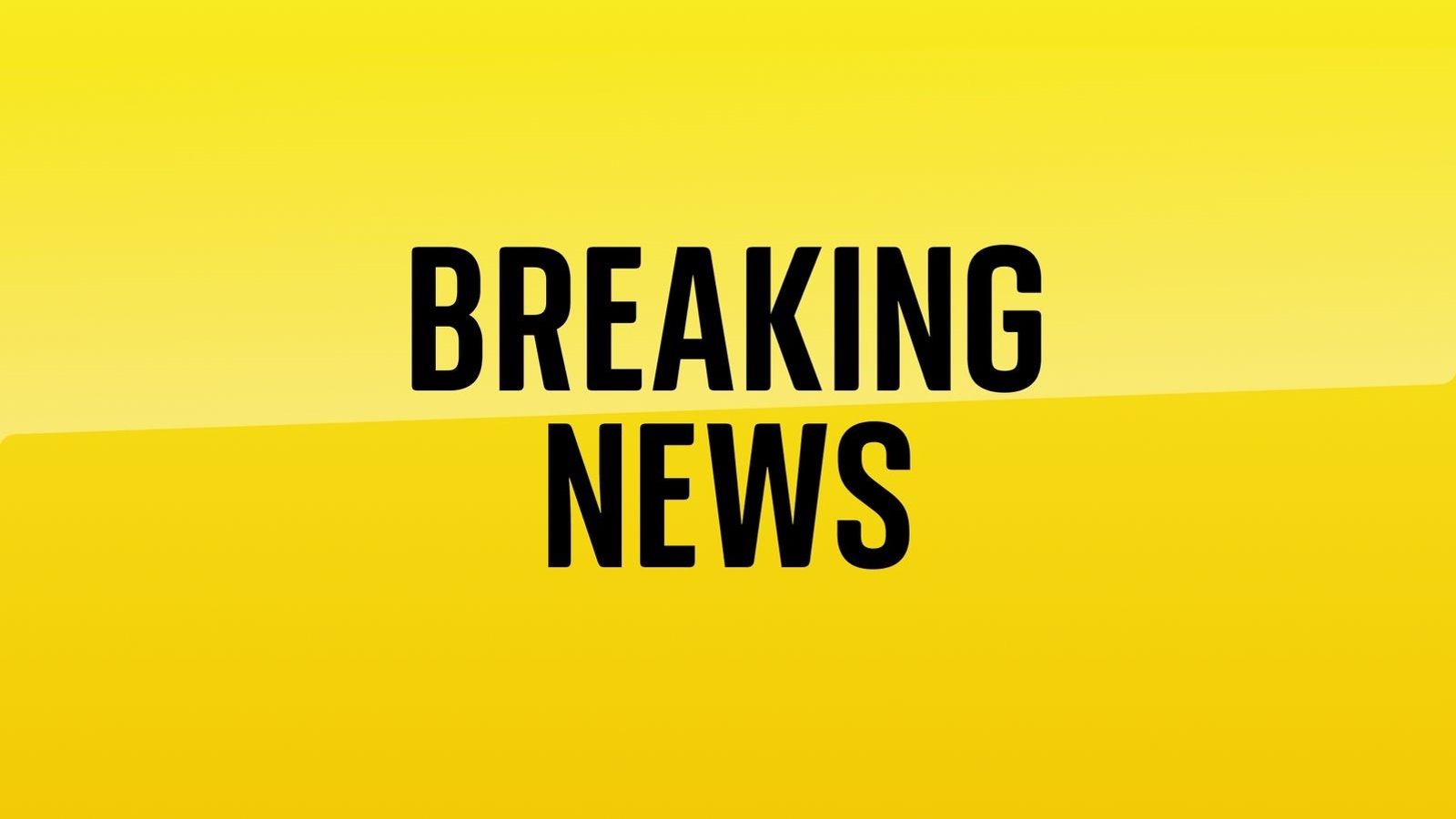The rush around the world to raise interest rates shows no signs of abating as central banks scramble to get inflation back under control.
July has already seen interest rate rises in Israel, Poland, Pakistan, Peru, Uruguay and Serbia, among others, and overnight there were two more major moves in the Asia Pacific region.
The Bank of Korea (BOK) raised its main policy rate from 1.75% to 2.25% – its biggest such increase since the world’s 12th largest economy began its current policy system 23 years ago.
Hours earlier, the Reserve Bank of New Zealand (RBNZ) raised its main policy rate from 2% to 2.5%, its sixth consecutive interest rate rise. It took interest rates back to their highest level since March 2016. The move comes just eight days after the Reserve Bank of Australia (RBA), just across the Tasman Sea, raised interest rates for the third time this year.
All three examples provide ammunition for those who have criticised the Bank of England for not raising interest rates rapidly enough in the face of rampant inflation.
The economic situation in South Korea, for example, has a lot in common with the UK at present. Like the BoE, the Bank of Korea is mandated to keep inflation at a target rate of 2%. At present, inflation in South Korea is well ahead of that, sitting at a 24-year high of 6%. That looks relatively restrained compared with the UK’s 41-year high.
Meanwhile, consumer confidence, as in the UK, is depressed. The Bank of Korea began raising interest rates in the current cycle in November last year, a month before the BoE did, but South Korean households – which are among the world’s most indebted – are more exposed to floating rate mortgages than their UK counterparts and are, accordingly, feeling the pain from higher interest rates rather more acutely.
Fresh rail strike called for 27 July in row over ‘paltry’ pay offer
Euro drops below parity with dollar after US inflation hits 9.1%
UK economy returns to growth aided by travel rebound and haulage
And, as in Britain, South Korea’s recovery from the pandemic appears to be stalling. Growth has been sputtering and South Korea’s economy has been particularly affected by renewed COVID restrictions in China, the country’s largest export market.
Under those circumstances, it would be no surprise to see the BOK easing up on the trajectory of rate increases, but that has not been the case.
Fighting inflation vs boosting economic growth
Rhee Chang-yong, the BOK’s newish governor, has been consistent that the bank’s priority now is fighting inflation rather than boosting economic growth.
The BOK’s monetary policy board said today: “The board judges that a pre-emptive policy response to prevent the entrenchment of high inflation is of greater importance for some time as high inflation is continuing and becoming broad-based while short-term inflation expectations are rising sharply, although economic downside risks have increased at home and abroad.”
It is a language far more hawkish than anything the Bank’s Monetary Policy Committee has used during its current rate-raising cycle.
The RBNZ and the RBA have also moved far more rapidly than the BoE.
Take Australia. It actually entered 2022 with interest rates at 0.1%, even lower than in the UK, where they stood at 0.25% at the start of the year. Since then, the BoE has taken its main policy rate to just 1%, while the RBA, which began raising interest rates only in May, has already taken its policy rate to 1.25%.
Again, there are plenty of similarities with the UK. Inflation is at a multi-decade high and remains above the RBA’s target while, as in the UK, consumer confidence remains brittle despite an extremely low jobless rate (Australia’s unemployment rate of 3.9% is only marginally higher than that of the UK). Like the UK, there is also a shortage of labour, with the RBA actually expecting its jobless rate to fall in the coming months.
And, as with the UK, a generation of Australians has known nothing but near-zero interest rates for more than a decade. So the RBA is having to communicate what it is doing with great sensitivity – particularly because, unlike in the UK, house prices in Australia have already started to fall.
New Zealand’s reserve bank ‘well ahead of the curve’
By contrast, the RBNZ appears to be well ahead of the curve, in the jargon. The RBNZ, as with the BOK, began raising interest rates in October last year and it has taken them to a higher level than either Australia or the UK. Since October last year, the RBNZ has taken its main policy rate from 0.25% to 2.5% today. The Bank of England, having moved from 0.1% in December to just 1% today, looks pedestrian by comparison – even though, proportionately, the two have raised rates by the same amount.
The RBNZ, though, has continually kept up a more hawkish commentary than has the BoE. Adrian Orr, its governor, has been consistent in saying that it has been correct to move early and fast.
With the RBNZ having moved more rapidly than most central banks, Australians are now looking nervously at New Zealand’s experience, particularly now there are signs that the Kiwi economy is slowing as a result. Property prices have been falling more rapidly, for example, although Mr Orr has argued that New Zealand’s unemployment rate – just 3.2% – and record prices for some dairy products, one of the country’s main exports, means he has been able to move more quickly without tipping the country into recession.
Yet that eventuality is now starting to cause concern among Kiwis themselves.
Domestic economic indicators look ‘plain ugly’
Stephen Toplis, head of research at Bank of New Zealand, one of the country’s big four lenders, told the Sunday Star Times last weekend that domestic economic indicators looked “plain ugly”, with house prices already down 7.7% from their peak and tipped to fall further.
And Sean Keane, chief economist at ANZ New Zealand, wrote recently in the New Zealand Herald: “Governor Orr’s inner raptor has now been discovered and his talons are now clearly visible.
“The market is now in no doubt that the governor is firmly focused on achieving the Reserve Bank’s mandated 1-3% inflation target.”
These are some of the kinder comments that have been made about Mr Orr. New Zealand’s more splenetic commentators have variously accused him of seeking to inflate the banking sector’s profits or of wanting to bring about a recession.
Andrew Bailey likely to be closely watching reserve banks elsewhere
It is highly likely that Andrew Bailey, the BoE’s governor, will have been watching with interest the debate unfolding on the other side of the world.
He and his colleagues on the Monetary Policy Committee stand, by contrast, of being too slow to react to inflation. His defenders will argue he has less room for manoeuvre than Mr Orr because the UK’s economy is more fragile than New Zealand’s and at greater risk of tipping into recession.
However, today’s better than expected GDP figures for May mean the odds against a bigger rate rise than the Bank has delivered thus far in this cycle are shortening, with a half-point rise next month – as the BOK, the RBA and the RBNZ have already done – now possible.
Meanwhile, the world’s most important central bank, the US Federal Reserve, may be about to outdo them all.
News today that US consumer price inflation hit an annual rate of 9.1% in June – the highest since November 1981 – has made it certain that the Fed will raise its main policy rate by three-quarters of one percent later this month. It may even go for a full percentage point.
Should that happen, the BoE will look even more cautious in its response to inflation to date.









